Related Categories: Historical Multimedia
Summary:
Medley prints, similar to a contemporary collage, were mixed-media objects that enjoyed an indeterminate period of popularity in the visual culture of eighteenth century England. One of the intriguing aspects of medley prints is that so little information survives about them and correspondingly little contemporary scholarship has been published about them. An exception is Mark Hallett’s “The Medley Print in Early Eighteenth-Century London,”? and I appropriate his description of a particular engraving called The May Day Country Mirth to formulate a workable definition of the genre of the medley print, which, Hallett writes, “. . . for clarity, fuses the mechanics of trompe-l’oeil with a sustained programme of representational juxtapositions and overlap. By means of an almost microscopically exact process of pictorial imitation, the engraver attempts to persuade us, however momentarily, that we are gazing at a scattering of printed and drawn objects, thrown together in front of our eyes. . . . The medley print . . . was a pictorial genre that meshed together a variety of materials circulating in graphic culture in order to produce a modern, hybrid art form”? (214 – 235). Although there is little scholarship on medley prints, there are a number of surviving examples, upon a few of which I will attempt quick readings today.
Description:
My own analyses of the medley prints that I’ve seen, along with Hallett’s valuable article, suggests to me that the purposes of this type of print were several: they served as pure entertainment, as political satire, as a means of publicizing a contested issue, whether an engraver was an original artist or a mere mechanical copyist of an original painting done by another. Most interestingly to me, medley prints appear to have been a force in the marketing of the visual celebrity of poets and playwrights, a phenomenon that I see as relatively new in this pre-photographic era. The most effective way to demonstrate the purposes of medley engravings is to show them and to suggest some preliminary interpretations of my own, or pass on some more conclusive interpretations of other scholars.
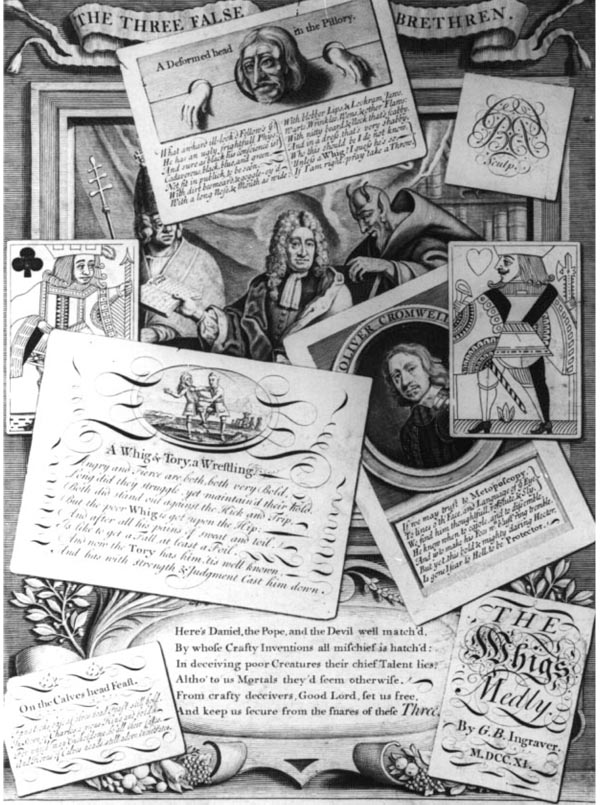
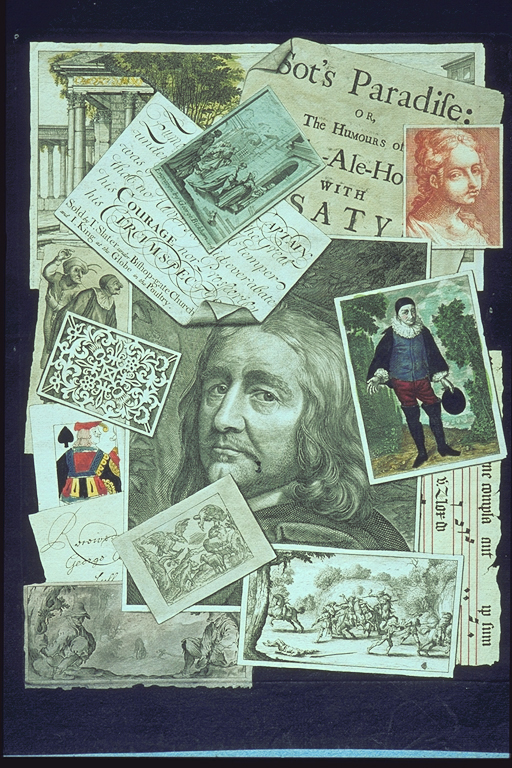
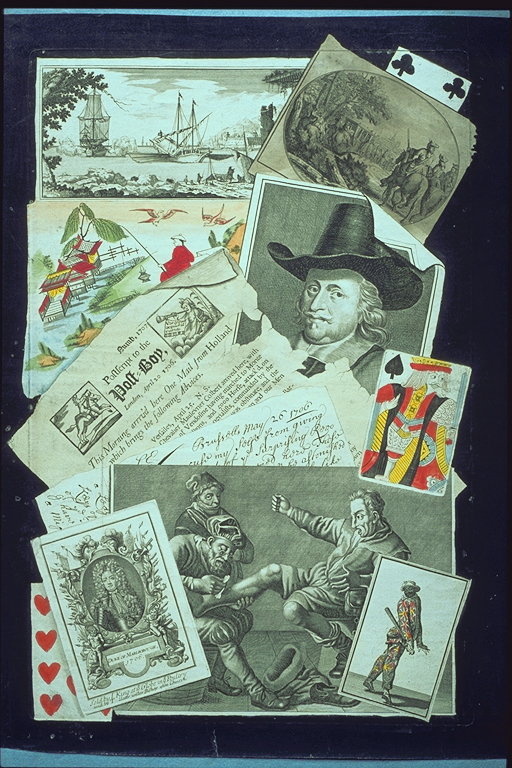
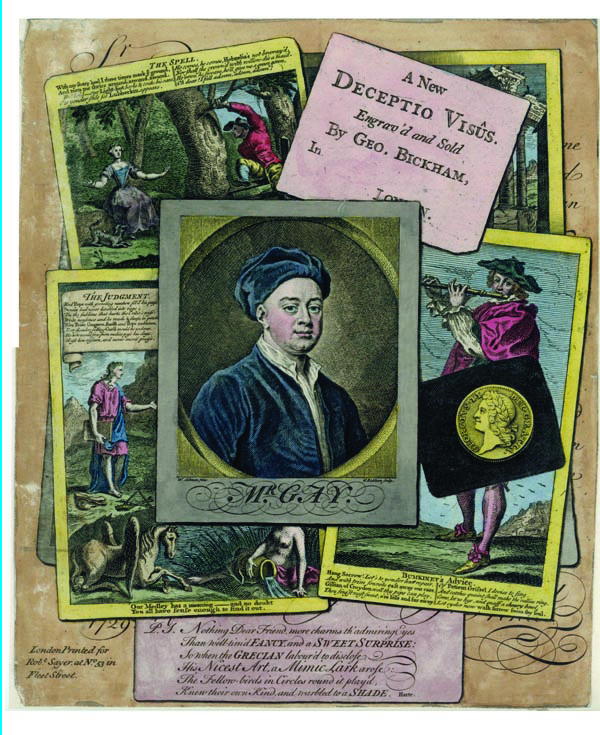
Research Context:
I see a potential for research in the study of medley prints in three areas: first, simply determining how popular this genre was and over what period of time. I sense that so few of these objects survive in part because they were ephemeral objects used as wall hangings, perhaps in public settings; second, identifying and understanding this genre as an early example of a type of media object that mixes and remediates a variety of forms, including musical scores, calligraphy, and of course text and the visual; also, understanding the way in which these types of prints combined these various media to formulate a sophisticated grammar of political satire.
Technical Analysis:
The engraved medley images that I discuss in this report are engraved in intaglio on copper. “Engraving” specifically describes the process by which lines are cut into a copper plate with an instrument called a burin. When a drawing is complete, ink is poured over the surface of the copper, the plate surface is wiped clean, and then the ink that remains in the incisions is pressed onto a sheet of paper. “Etching” describes the process by which the copper plate is covered with a ground material (e.g., wax) into which lines and dots are cut with a pencil or stylus. When the drawing is complete, acid is poured onto the ground and the lines and dots are etched onto the plate. Line engraving has historically been considered the “higher” form of engraving due to the relative difficulty of cutting a drawing into a metal plate; while etching has been generally of less repute due to the relative ease of its execution. In reality, however, virtually all reproductive images on copper combine both techniques. For example, George Berwick was known as a line engraver, he uses the etching technique of stippling for effects of shading on the skin.
Evaluation of Opportunities/Limitations for the Transliteracies Topic:
[Under Construction]
Resources for Further Study:
Barchas, Janine. Graphic Design, Print Culture, and the Eighteenth-Century Novel. Cambridge: Cambridge UP. 2003.
Clayton, Timothy. The English Print: 1688 – 1802. New Haven: Yale UP, 1997.
Hallett, Mark. “The Medley Print in Early Eighteenth-Century London.”Art History. 20:2 (1997): 214 – 237.
O’Connell, Sheila. The Popular Print in England. London: British Museum, 1999.

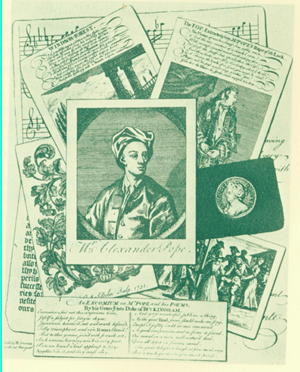
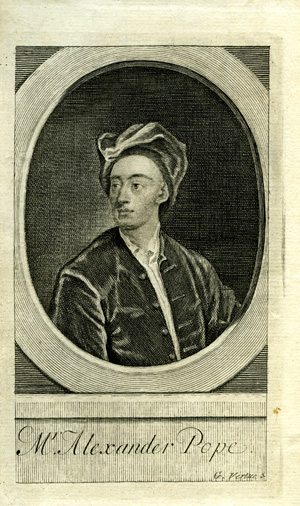
October 26th, 2006 at 11:45 am
Nice write-up. It seems like there aren’t too many great engravers these days. Almost like how there aren’t many pinstrippers in the automobile painting industry. Believe it or not the engraving market still remains fairly large with few competition. You can make money for the most part, instantly, with printer engravers. Check out the site to get a basic idea on what opportunities are out there.
With the technology today there isn’t much of a learning curve as their used to be decades ago.
March 31st, 2009 at 11:17 am
Very well written. This is the kind of information that is useful to those want to increase their SERP’s. Keep up the good work.